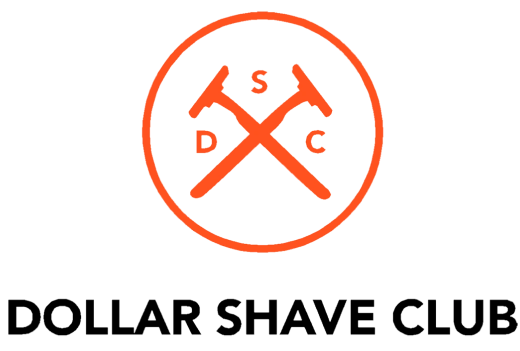It’s almost a cliché to talk about overnight successes years in the making. But Michael Dubin and the Dollar Shave Club video are perhaps the ultimate startup storytelling example.
The video that introduced the company was launched at dawn on March 6, 2012. By 7:30am the website had crashed. Within 24 hours the company had 12,000 subscribers and had sold out of all its inventory. Within 5 years, Dubin had sold the company to Unilever for about $1 billion. It is fair to say—and in fact Michael has said it—that the company was successful because of that video. Put another way, the video, which cost $4,500 and one day to make, was worth one billion dollars.
If you haven’t seen the video yet, or need a trip down memory lane, watch the original DSC video here.
These black swan storytelling successes are inspirational but can also be frustrating as their story gets filed so smooth in the frequent retelling that it loses instructional value. So this guy had some freakish overnight success—how can that help me?
So let’s dig into the backstory, and Michael’s recommendations for other founders. Michael had studied at Upright Citizens Brigade in New York City for eight years. UCB was founded in 1990 by a group of comedians including Amy Poehler, and Michael loved improv and sketch comedy. His years of training were a key to success. When he moved to LA and was planning the business, he reached out to an acquaintance of his from that time, Lucia Aniello, who then co-wrote and directed the video. She priced the video as a favor to a friend, and estimates that the market rate for a video like this would be closer to $50,000.
So, first two lessons: One, it’s never too early to begin practicing presentation and public performance skills. Two, nurture the edge of your network. That’s where unexpected opportunities, partnerships, and favors often arise.
Since creating a powerful brand was crucial to the success of DSC, Michael actually shot the video before raising money—in fact, he used the video to raise money.
“I was living in a garage,” Michael remembers. He had $35k in savings and was spending it all on the company. “I went to all the conferences with my sad little pitch deck. I tapped VCs on the shoulder. I was not earning any income. The struggle was real.”
Once he had the video, he set up a meeting with Mike Jones at the Science incubator in Santa Monica, Calif. The pitch wasn’t landing as he hoped, so he said, “Just watch this.”
Suddenly, Jones got it—and wrote the first $100k check.
What moved Jones about the video was much the same reaction that others had once the video was released. “We were successful because people could look at the video and say, I’m going to root for that guy because he’s doing something bold,” Michael remembers. He credits that mindset to his “Philadelphia underdog mentality.” As you make your video, think “what do you want the consumer to think and feel when your company is mentioned?”
Does every company need a video like this? Not at all, says Michael. “If you really need to reach the mass consumer market, you probably need a brand.” If you’re in B2B or similar, however, it might not be worth it. Even a consumer company like Uber might not need this sort of video or branding, Michael believes, since its value proposition is so simple. DSC, on the other hand, had to explain and frame the story of expensive razors in a way that made potential customer take a second look to realize, hey, that really is a problem! And here’s the company I want to solve it for me.
Michael has a few other recommendations. First, “the best points are the simple points,” he says. Avoid getting bogged down in the nerdy details. Keep it high level. In the DSC video, every scene makes a clear and specific point about a key feature of the product (with the exception of the Alejandro/job scene). Second, keep in mind that your real mission is usually far beyond the immediate product or service you sell. Dollar Shave Club “is about the highest-level mission for guys to take care of themselves and live better lives.” Take a look at Maslow’s hierarchy of needs, and sell as high up as you can.
And, why humor? “We use humor as a tool,” Micahel says. “It makes whatever you’re doing more enjoyable. People will remember it more if it makes people laugh or cry. We chose laughter over crying because crying and razors isn’t a good combo.”

